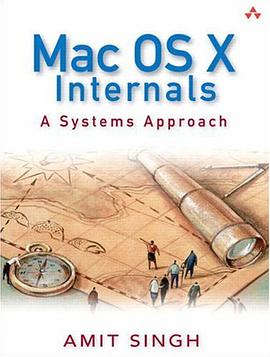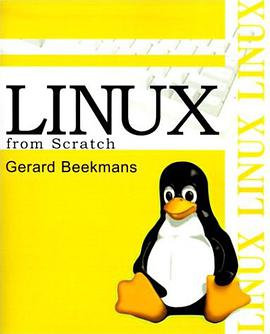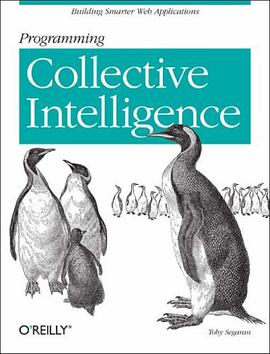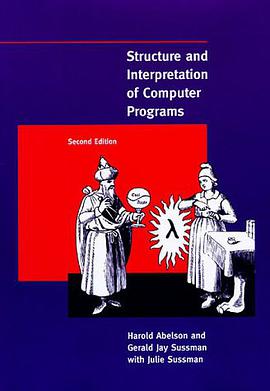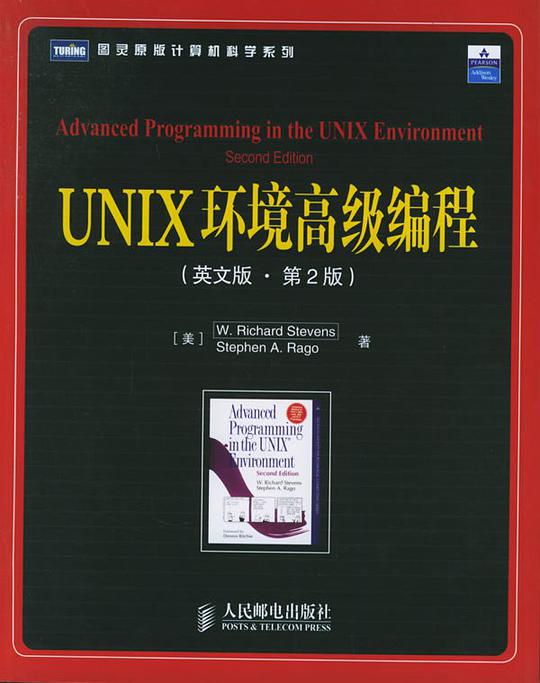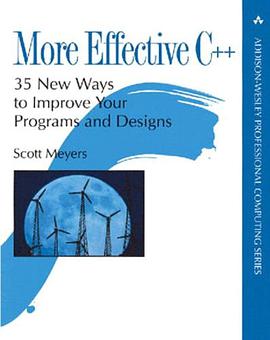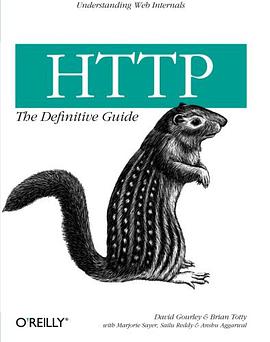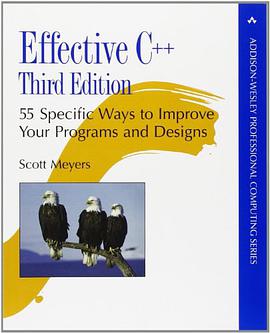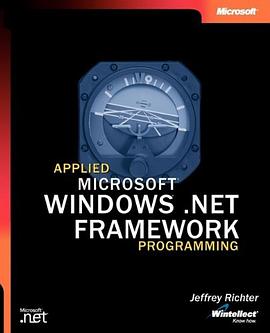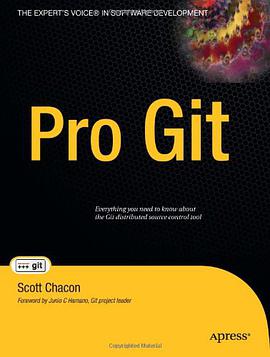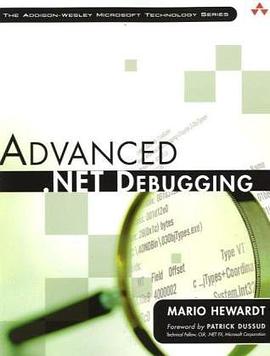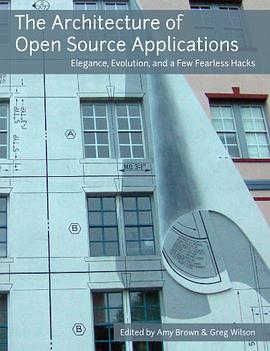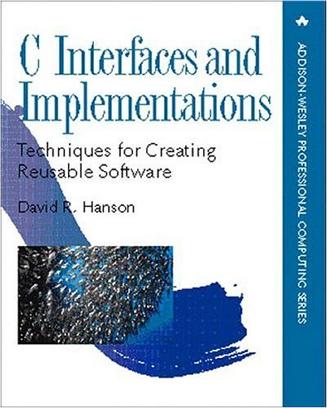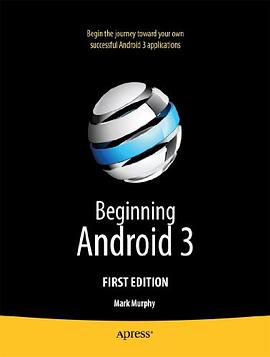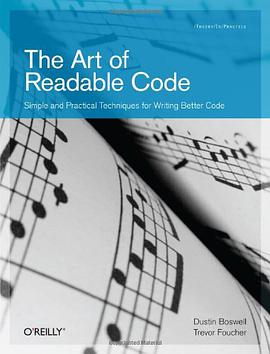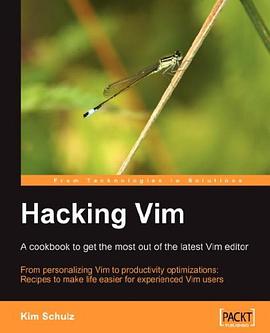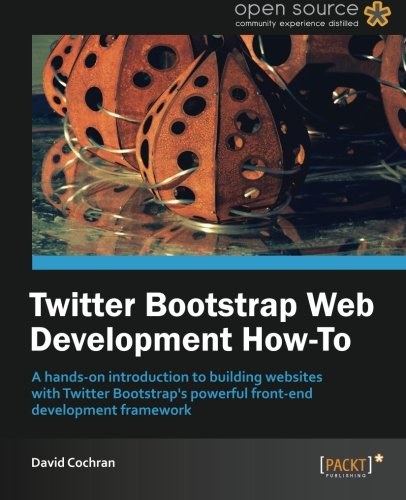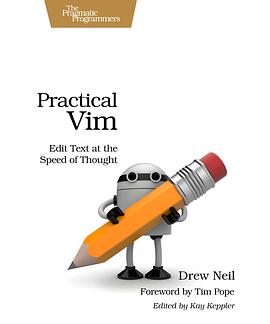Mac OS X Internals 豆瓣
作者:
Amit Singh
Addison-Wesley Professional
2006
- 6
Mac OS X was released in March 2001, but many components, such as Mach and BSD, are considerably older. Understanding the design, implementation, and workings of Mac OS X requires examination of several technologies that differ in their age, origins, philosophies, and roles. Mac OS X Internals: A Systems Approach is the first book that dissects the internals of the system, presenting a detailed picture that grows incrementally as you read. For example, you will learn the roles of the firmware, the bootloader, the Mach and BSD kernel components (including the process, virtual memory, IPC, and file system layers), the object-oriented I/O Kit driver framework, user libraries, and other core pieces of software. You will learn how these pieces connect and work internally, where they originated, and how they evolved. The book also covers several key areas of the Intel-based Macintosh computers. A solid understanding of system internals is immensely useful in design, development, and debugging for programmers of various skill levels. System programmers can use the book as a reference and to construct a better picture of how the core system works. Application programmers can gain a deeper understanding of how their applications interact with the system. System administrators and power users can use the book to harness the power of the rich environment offered by Mac OS X. Finally, members of the Windows, Linux, BSD, and other Unix communities will find the book valuable in comparing and contrasting Mac OS X with their respective systems. Mac OS X Internals focuses on the technical aspects of OS X and is so full of extremely useful information and programming examples that it will definitely become a mandatory tool for every Mac OS X programmer.
